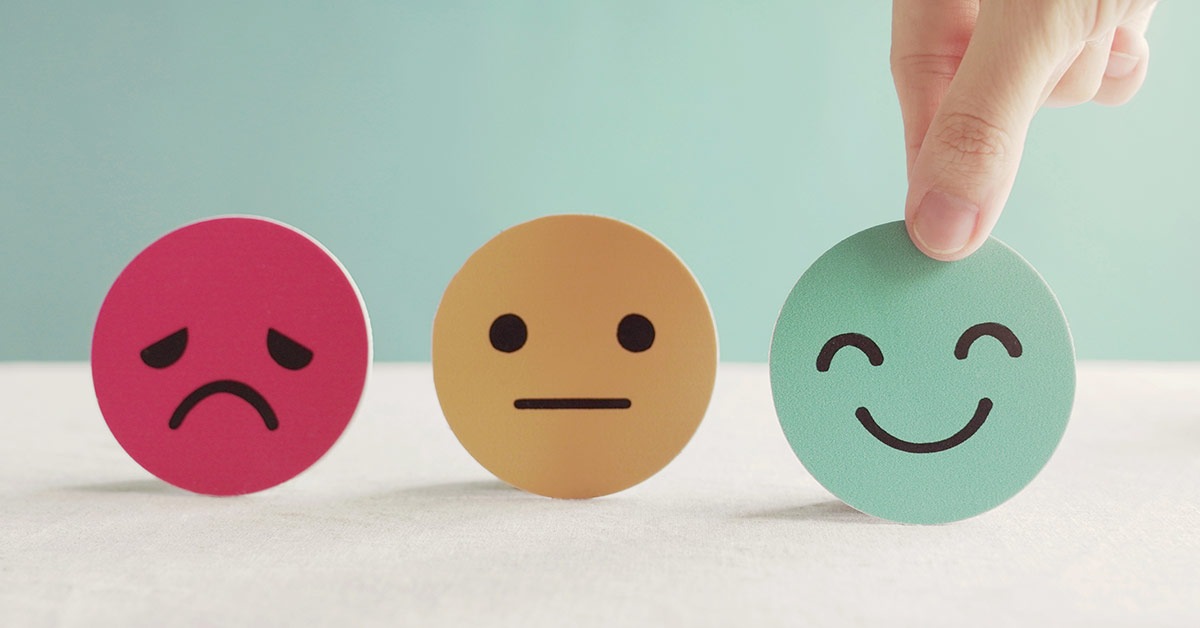Lately, I’ve been thinking a lot about social-emotional learning. Social-Emotional learning, or SEL for short, is the process through which all young people acquire and apply the knowledge, skills, and attitudes for developing healthy identities, managing emotions, and setting goals. These are a basic part of day-to-day life. SEL is what helps us respond appropriately when we stub our toe or receive bad news. It’s also what allows us to navigate social interactions with clarity and respect. Yet, despite the role it plays in our lives, SEL is at risk of being neglected in many classrooms.
As educators, we know all too well how important social-emotional learning is to a student’s overall development. Science, math, and reading are vital subjects, but empathy, self-awareness, and responsible-decision-making are what allow someone to truly learn. But with so many standards and subjects competing for our attention, how do we make space for effective SEL in the classroom? Well, it can start with the small things. Actions that take very little time but can nonetheless make a huge impact on student wellness.
Starting Small
Here are three strategies you can practice regularly in the classroom to help foster social-emotional growth:
- Connection: More than anything, students want to know that they matter. They want to know that they are seen and understood by the people teaching them. One method for building connection is to create a unique greeting for each student. It could be a secret handshake, a high five, or even a goofy shuffle. What matters is that it’s unique to them. You can also build connection by connecting the day’s material with their interests, be it videogames, books, or more.
- Collaboration: Students who struggle with collaboration often appreciate a clear set of guidelines. It helps them understand the “rules of engagement” so to speak and lets them know what is expected from them. A good strategy is to give them a voice when drafting these rules. Give your students a few minutes to discuss what the rules should be for cooperative learning. Then make a class list from the discussion. When students create the norms, they have more ownership and are more inclined to follow them.
- Reflection: John Dewey once said, “We do not learn from experience. We learn from reflecting on experience.” Giving students time to reflect on their actions and to process their emotions is a crucial part of social-emotional learning. One useful strategy for implementing reflection is to provide students with a journal. Allow students a few minutes each day to write down their goals, thoughts, and feelings to get emotionally centered. As a bonus, journaling can also strengthen their retention and observation skills.
Healthy Hearts = Healthy Minds
Social-emotional learning may not appear on any report cards, but it still deserves to be taken seriously. The research on how emotions impact learning is clear. Students with healthy social skills will always go farther in life than a genius can go alone. So don’t neglect your students mental and emotional health. Let’s make our classrooms an empowering place where students can grow into healthy, inquisitive thinkers together.

